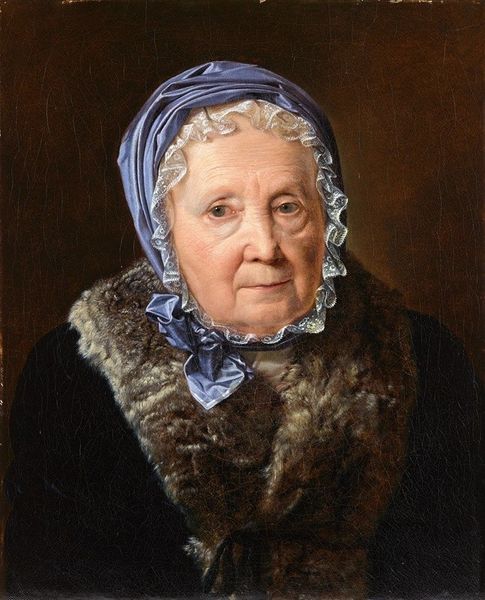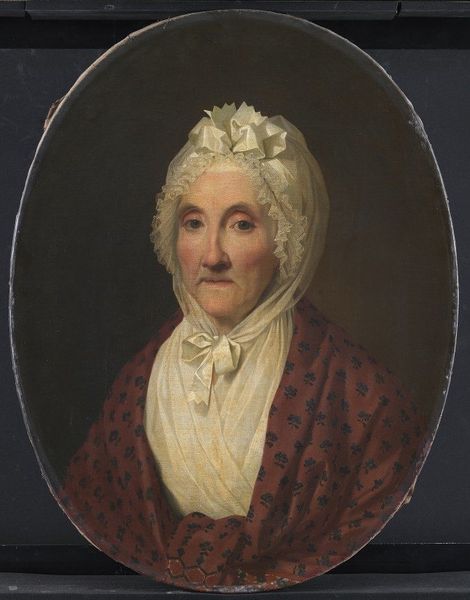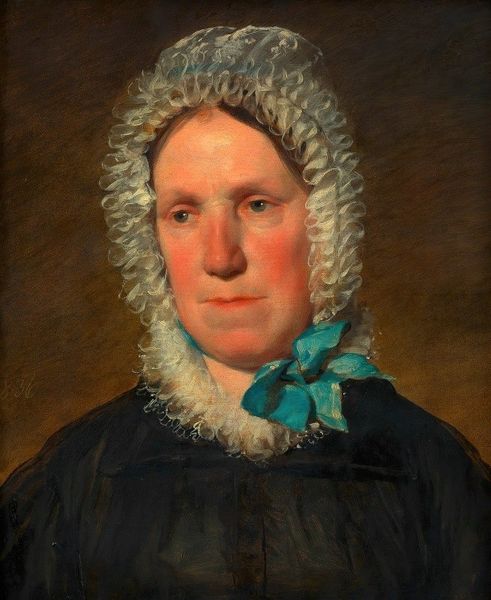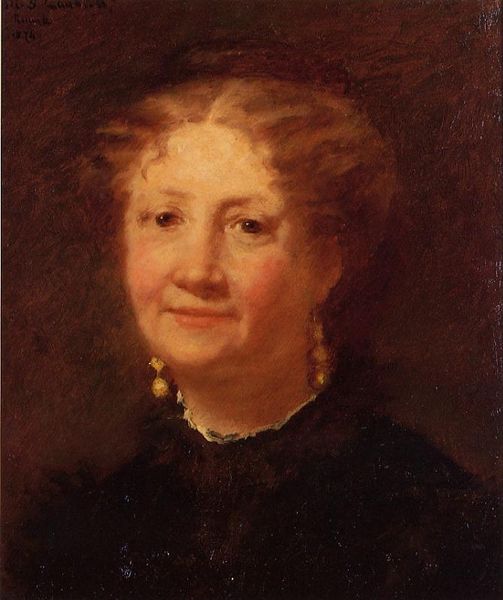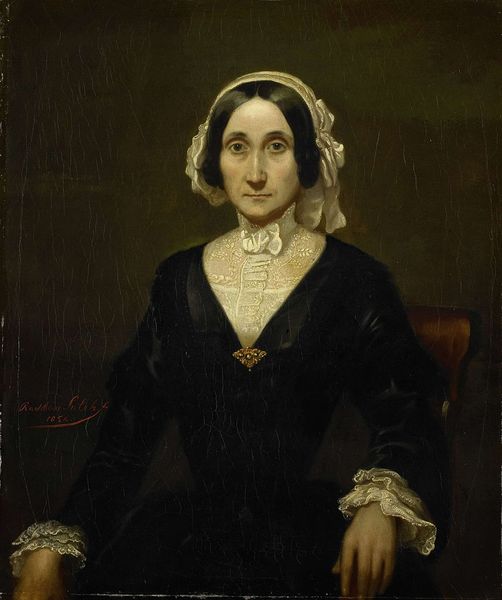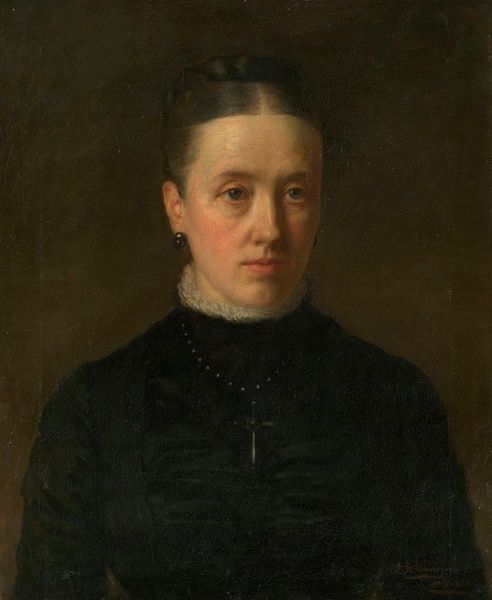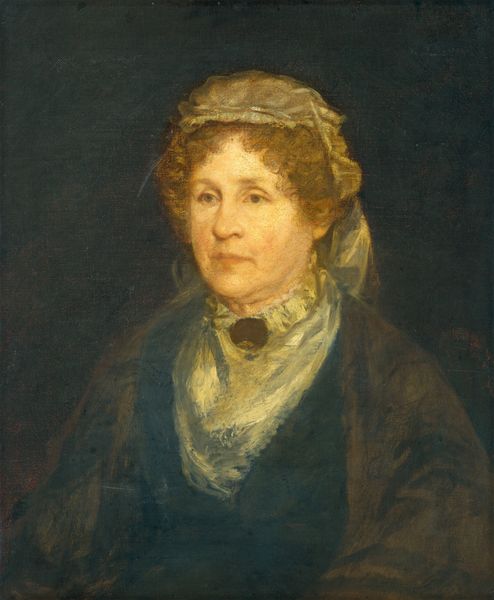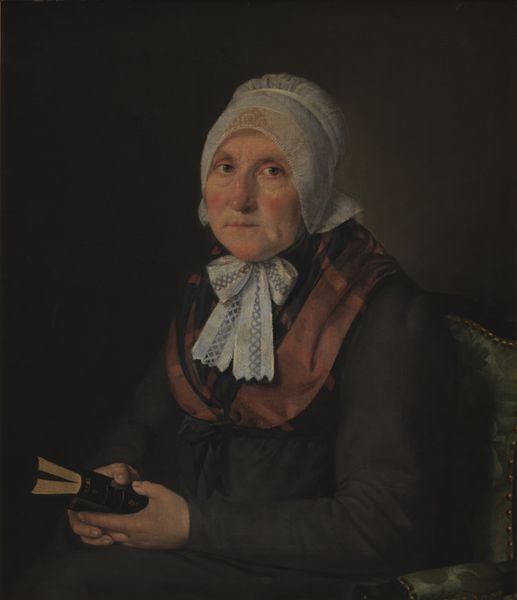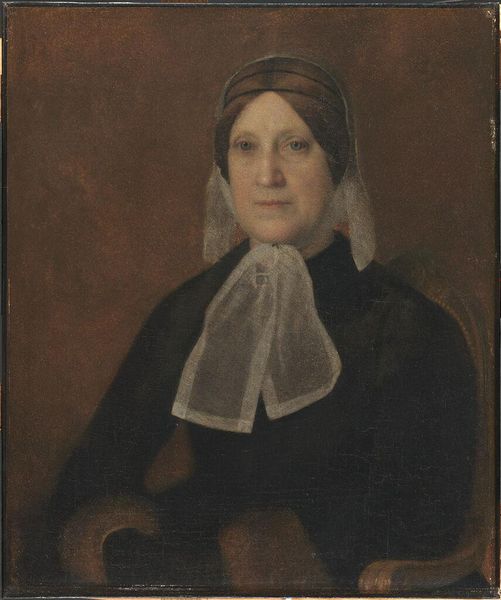
oil-paint
#
portrait
#
impressionism
#
oil-paint
#
oil painting
#
realism
Copyright: Public domain
Julian Ashton painted this portrait of his mother, rendered in oil on canvas. The delicate lace adorning her head and neck speaks volumes; it is a poignant symbol of domesticity and refinement. One might recall similar adornments in Dutch Golden Age portraits, where lace signified not just wealth, but virtue and order. Here, the lace may reflect a longing for an idealised past. Consider how the rigid formality of the Victorian era often cloaked deep emotional currents. Her placid expression hints at a stoicism, a virtue highly valued in that era. Such restraint is a recurring motif, echoing through centuries of portraiture, from Roman busts to Neoclassical depictions of female virtue. It reflects the psychological tension between outward composure and inward turmoil. These visual echoes remind us that images and symbols are never truly still. They resonate across time, carrying fragments of memory and emotion, ever evolving as they resurface in new contexts.
Comments
No comments
Be the first to comment and join the conversation on the ultimate creative platform.
